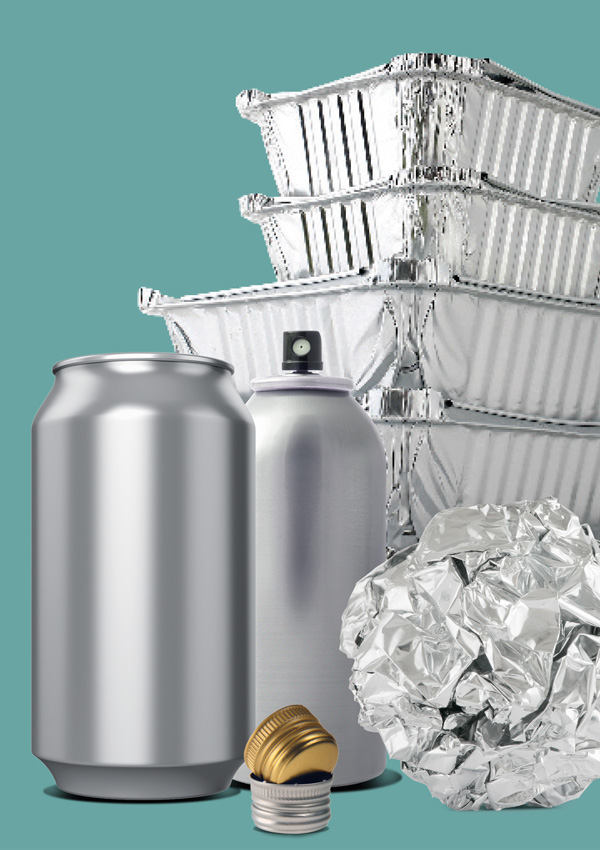Aluminium Packaging – Key Facts
- Annually over 212,000 tonnes of aluminium packaging are put on the market in the UK.
- 68% of this material was collected for recycling in 2021.
- If all the available material was collected for recycling it would generate over £153 million for collectors.
- Most aluminium packaging arises in the domestic waste stream.
- The most common packs are beverage cans, foil trays and aerosols.
- Smaller fractions of the market include screw caps and closures (found on glass bottles), dairy lidding and coffee capsules.
- Aluminium is also a component in composite packs, including food and beverage cartons and wrappers; and laminated packs such as medicines and food and drink pouches.
- Household foil is not classed as packaging within the UK’s Packaging and Packaging Waste legislation; but it is widely recycled at kerbside alongside other dry recyclables, and in bring schemes.
- Facilities exist in the UK to reprocess all forms of aluminium packaging. This ranges from a ‘can to can’ closed loop process to recycling of incinerator bottom ashes (IBA).
- Aluminium is a ‘permanently available’ material and endlessly recyclable, so carbon savings increase every time the metal passes through the recycling loop.
Alupro works alongside the UK waste and resources industry to improve the collection of aluminium packaging for recycling.
